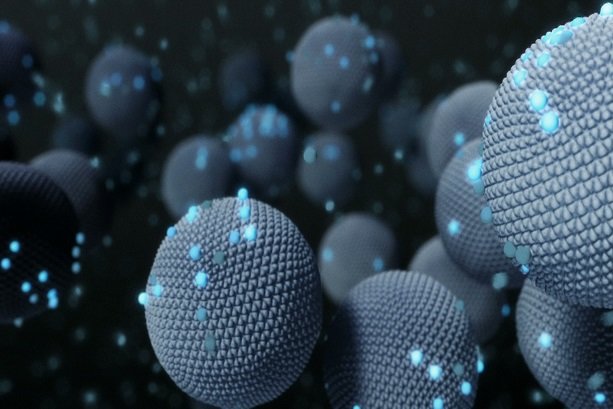The nanocomposite is biocompatible and contains antibacterial nanoparticles. Laboratorial studies showed that the nanocomposite is able to prevent the growth of bacteria and the other composite part of it is able to recover the damaged bone, Iran Nanotechnology Initiative Council reports.
Recovery of the damaged bone tissue and side effects of surgery, including the infection in the broken area are among the main concerns in orthopedic surgeries. Therefore, it is necessary to develop antibacterial composites to improve bone-making process.
Two types of different nanocomposites were designed in this research to cure bone and reduce infection in the damaged area. Materials used in the production of the composites are completely nontoxic and compatible with human body at determined concentrations. Moreover, the nanocomposite has reasonable price and its product is cost-effective.
In this research, the nanocomposite of hydroxyapatite/chitosan containing silver and silicon nanoparticles were produced through molecular hybridization method. The aim of the research was to demonstrate the effects of size, surface roughness and chemical structure of the nanocomposites on cellular toxicity and antibacterial activity of bone-making cells (osteoblast) in humans and Escherichia coli bacterium.
Results showed that the nanocomposite containing silver increases the percentage of the cell living and antibacterial activity in comparison with the nanocomposite containing silicon nanoparticles.
According to the researchers, the combination of silver nanoparticles with the nanocomposite prevents the quick diffusion of silver ions and limits the toxicity of the product in the cells. As a result, silver nanocomposite is an appropriate option as filler in the treatment of broken bones due to its high potential for the recovery of bones, good compatibility with the body and appropriate antibacterial properties.
Results of the research have been published in Journal of Nanoparticle Research, vol. 16, issue 1, 2014, pp. 2622-1 to 2622-13.






















Your Comment